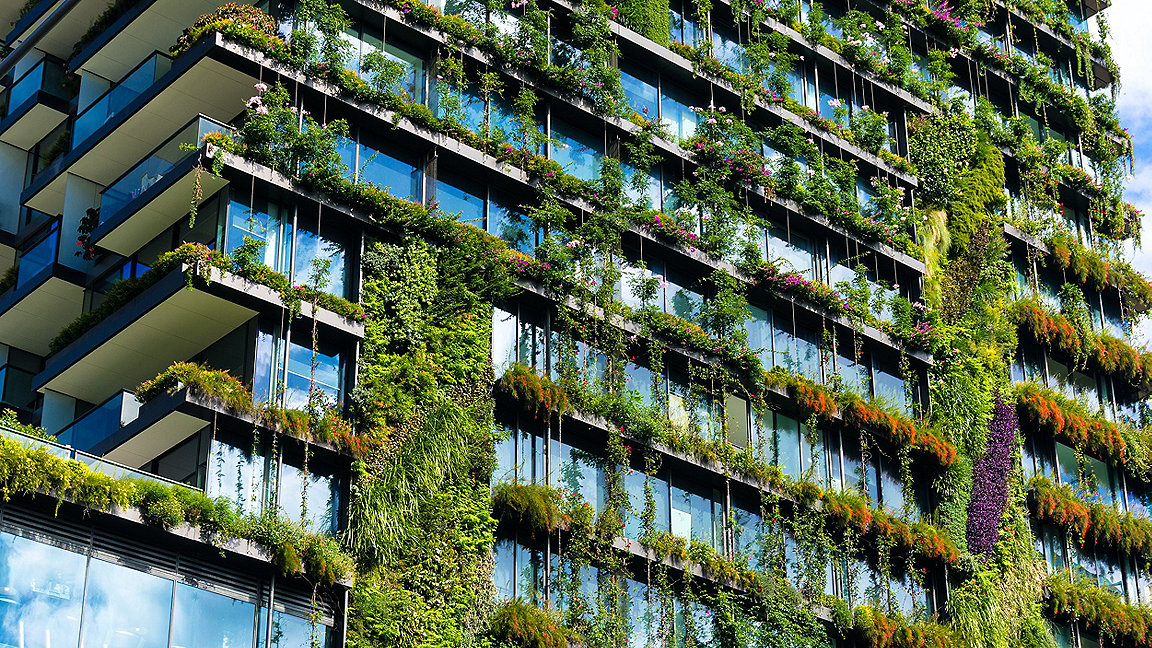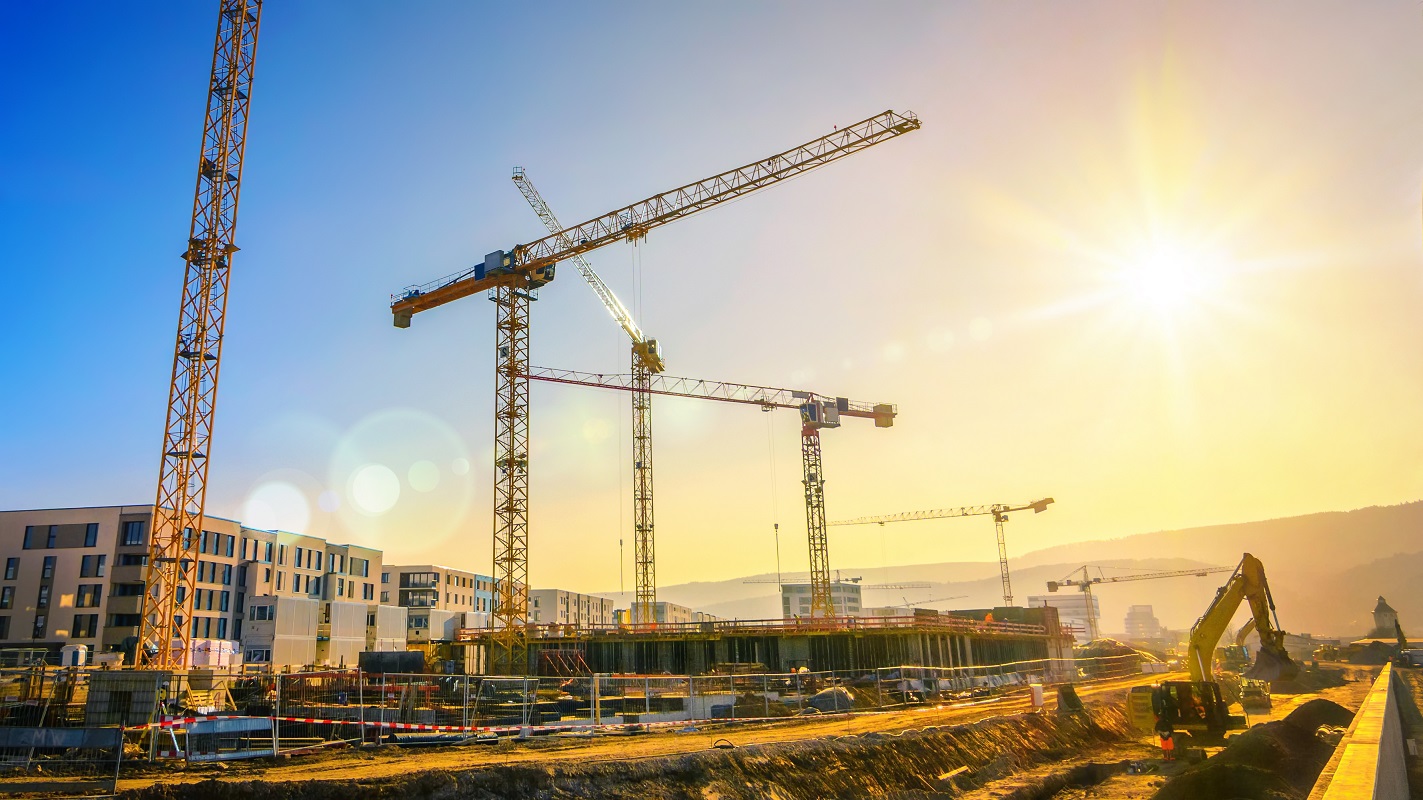
As we increasingly quantify the value of natural capital, we recognise the financial repercussions of humanity's continued destruction of the earth's resources. As a species we have evolved from natural to concrete jungles. We have prioritised our man-made products over the fruits of the earth. Our economic growth has to date been linked with the relentless exploitation of our natural environment.
However, economists are now warning the financial repercussions of our declining natural habitats and resources could be monumental. Fortunately, compared to other global challenges there are potential solutions that are practical and achievable. Better urban design at the scale of building, community, infrastructure and city will be essential parts of the solution. Greening our grey world is critical if we are to ensure sustainable development.
Development has disproportionate impact
Estimates suggest that around 3% of the world's land surface is covered with built-up areas. This figure would seem to give little cause for concern: however, the consequences of small pockets of concentrated, hard surfaces are startling. They account for 37% of carbon emissions, consumption of almost half the world's resources, and the widespread destruction of biodiversity, natural habitats and ecosystem services.
In cleaning our air, regulating our temperature, enabling our waste to decompose, protecting our settlements and providing our water and food supplies, these ecosystem services are fundamental to our survival as a species. Raw materials also provide 23% of the wealth of low-income countries. The maintenance of natural resources such as minerals, fish and timber is essential for economic growth.
Ecosystems lost at unprecedented rate
The financial value of these natural services is quantified in the form of natural capital. On a global scale the value is monumental – the value of UK natural capital alone stands at £1.2tr a year.
However, the ecosystems that perform these services are being destroyed at an unprecedented rate. Around 60% of the Earth's ecosystem has been degraded in the past 50 years, while continued population growth, changing land use and global climate change will lead to further declines.
Experts say the accelerating decline of the natural world is costing hundreds of billions of dollars a year, and the losses will increase dramatically unless urgent action is taken now.
While the built environment is not the sole cause of this, it is a major contributor.
Quantifying the benefits of integrating nature
It's clear we need urgent, systemic shifts in the way we protect and regenerate our natural systems. But all is not yet lost.
In comparison to the complex phenomena of atmospheric warming and global temperature fluctuations, the ecosystem crisis is a visible and understandable challenge. We can see and measure biodiversity, for instance, and access to nature in a given place or space.
We can quantify the benefits of integrating nature into the built environment as well. It improves air quality and reduces the urban heat island effect. Proximity to nature also makes us feel calmer and improves our mental health, providing opportunities for social interaction that can reduce social isolation and economic segregation.
Major global organisations including the World Bank, World Economic Forum, World Wildlife Fund for Nature and private-sector leaders are prioritising the social, environmental and economic benefits of regenerating natural systems. These organisations are rapidly increasing awareness of the need to protect our natural capital.
Supported by partners including RICS, the World Green Building Council (WGBC) and its national member Green Building Councils are accelerating this transition to greener built environments by providing technical information and guidance.
There have even been optimistic policy signals. For example, the UK government launched a natural capital tool in 2020 to support the financial quantification, and consequential protection, of our natural environment and resources.
'It's clear we need urgent, systemic shifts in the way we protect and regenerate our natural systems. But all is not yet lost'
Meeting challenges will need innovation
Despite these developments, we still face monumental challenges. Many of these are political. The preservation of unique ecosystems such as the rainforests is threatened by short-term financial or political imperatives. A 2019 WWF US report found that only 36 of 151 countries have said they would increase forest cover, plant trees or expand natural areas in their national climate plans.
Sustainable human development and alleviation from poverty worldwide is also a critical step in the transition to efficient resource use. Where subsistence agriculture and land-use are needed to support populations, communities are having to decide between nature preservation or human survival – reminding us that sustainable development in its core sense must equally prioritise the social, economic and the environmental.
Responding to these complex challenges will require a highly integrated and collaborative approach. We need innovation from many sectors, including agriculture, utilities, buildings and construction, and even in our business models and capital flows.
Daunting as this is, built environment professionals can play their part, and demonstrate leadership in tackling the global natural capital crisis.
What our professions can do
We cannot wait for policy-makers to preserve our precious natural systems.
As built environment professionals, we have a unique opportunity in our projects to take measures such as the following.
-
Using our influence: we can prioritise incorporation, regeneration and protection of natural systems in all the projects and developments on which we work. This can include measures such as sustainable drainage, biodiversity restoration, wildlife corridors and green roofs.
-
Consider the local community: ask ourselves – how can we protect and enhance the ecosystem in our area?
-
Advocate for change: we can communicate the value of integrating the natural environment into development, encouraging colleagues and partners to learn and reflect these principles in their projects.
The UK Green Building Council has outlined six principles to help individuals in designing, implementing, and operating measures that incorporate nature into urban environments.
We have an opportunity to rise to the challenge and restore our natural and built environments. Urban designers are integral to bringing back the green into today's increasingly grey world, and to accelerate the development of a sustainable built environment for everyone, everywhere.

